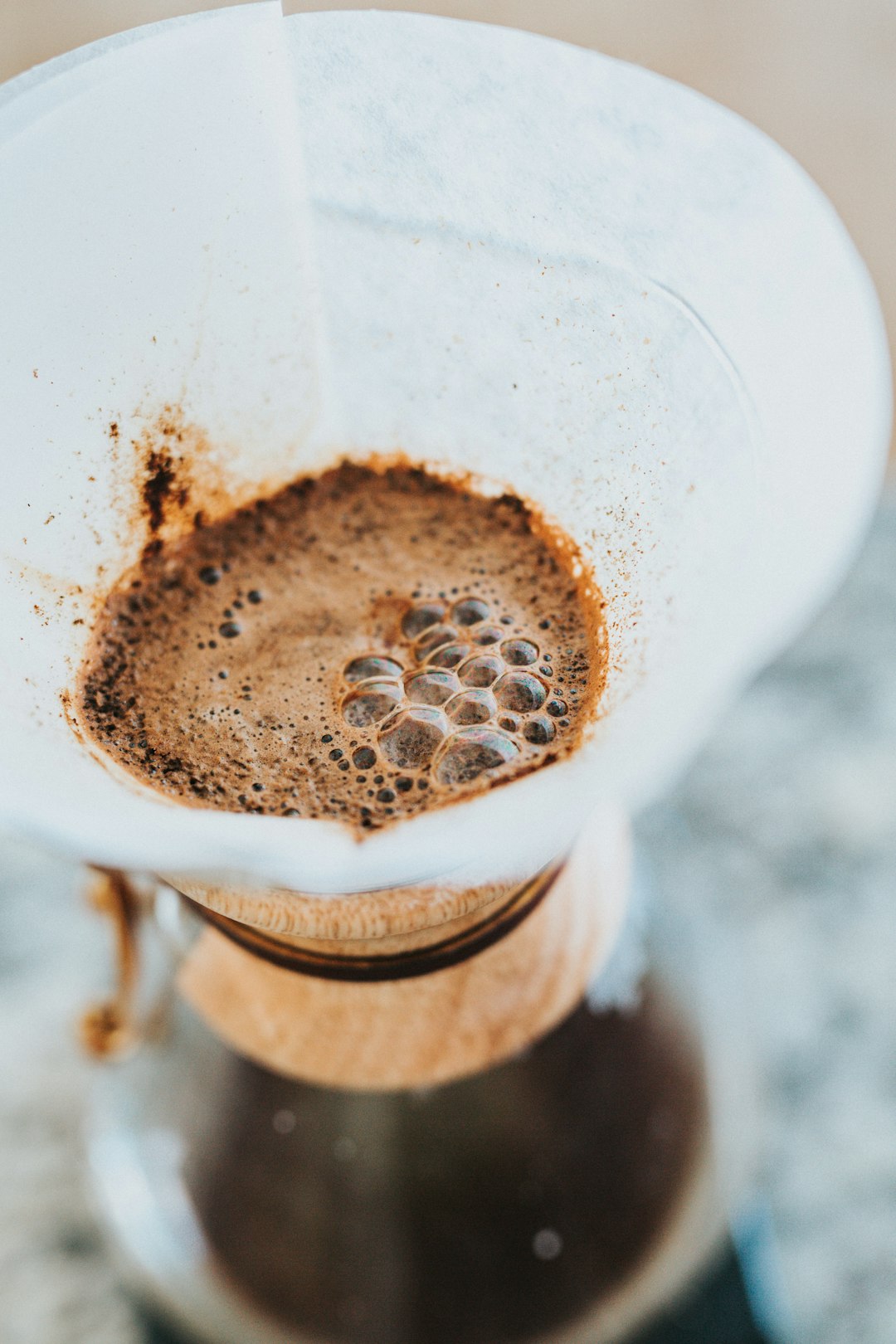One of the most exciting parts about becoming a mum for the first time—especially if you’ve previously been working full-time or outside the home in some capacity—is the prospect of maternity leave. The freedom. The coffee catch-ups. The sleep-ins (just kidding).
And at first, maternity leave does sort of feel like a novelty—even if personally I did feel a bit robbed the first time around as my son was born right at the beginning of the global pandemic. But after a few weeks of walks and mums groups, playdates and ticking items off the endless list of life admin—it’s not so much the feeling of freedom that you forget to consider, but the cost of parental leave itself.
Unless you want to spend your days holed up at home with only your newborn for company, relying on the kindness of family and friends to bring you food, water and entertainment—maternity leave is expensive. Really expensive.
At a glance, here’s what a ‘typical’ week might look like (for me):
Monday:
beach walk + takeaway coffee ($4.50)
actually, throw in a muffin for good measure as it was a rough night ($6)
bag of baby nappies + a crate of wipes ($44)
Tuesday:
bootcamp ($20/week)
telehealth consult with GP as I am sick, again—thank you daycare ($55)
coffee catch-up with a friend that turns into lunch ($29)
Wednesday:
takeaway coffee for me + a babycinno for the toddler ($7.50)
soccer training ($20/week)
sushi rolls for toddler’s lunch which will inevitably end up half-eaten ($9)
a bag of groceries ($50)
Thursday:
walk + takeaway coffee ($4.50)
hair appointment that I’ve been putting off for five months ($250)
kids party present ($24)
another bag of groceries as we never seem to have enough bananas, bread or milk ($50)
Friday:
it’s raining so we take a trip to the mall to get out of the house—end up buying toddler new clothes ($40)
baby has also grown out of socks ($7)
green juice as trying to be healthy ($9)
bag of nappies for the toddler who is refusing to toilet train ($22)
afternoon glass of wine with Mother’s Group ($12 well spent)
Saturday:
ocean swim + takeaway coffee for me, hubby + the toddler ($12.50)
fresh bread + croissants from the bakery ($14)
bottle of wine to ensure sanity ($17)
Sunday:
groceries for the week, although most integral ingredients will also mysteriously be forgotten + will need to be picked up another day ($280)
trip to the park + takeaway coffees for me + hubby ($7.50)
babycinno for the toddler that will end up being thrown away ($3)
You get the picture… but if anything, this is a ‘good’ week. If there’s a public holiday, if one (or both) the kids have fallen ill, there’s a specialist appointment in the diary or I’ve done something as ‘selfish’ as book myself in for an eyebrow wax, the week’s expenses can blow out even further. It’s madness. But I know I’m not alone.
While there’s no question we could all cut back on our takeaway coffee intake, there’s a fine line between being frugal and losing your mind from boredom when stuck at home with small children. I would even go so far as to say that coffee is an ‘essential’ and for me at least, the prospect of a beach walk and a takeaway coffee to enjoy in peace while the bebe sleeps, can often be the highlight of my week.
But at the end of the day—perhaps instead of asking stay at home parents to cut back on their spending, we should be putting more pressure on our government to offer a more reasonable level of parental pay. While in Australia the primary caregiver (usually mums) is currently entitled to 18 weeks of paid parental leave (as long as you meet a list of fairly strict requirements) and a further two weeks of parental pay is offered to the non-primary caregiver—there are very few mums I know who are physically and/or mentally ready to return to full-time work after just 18 weeks. For some, there’s no option as the cost of living continues to snowball and to not only thrive but survive, their household requires a double income—but for others, the choice about returning to work is even more complex given childcare costs often outweigh the average ‘take home’ wage.
Although we may fare better than some other countries—there’s no question that Australia still lags behind. Canada, as just one example, currently offers parents up to 69 weeks of paid parental leave while Finland offers a whopping 161 weeks. Can you imagine how incredible it would be for parents if they were able to spend this level of quality time with their young children without having to stress about supplementing their income? Certainly there’s no question these are very generous schemes indeed, but the current system in Australia doesn’t provide parents with much choice at all. And that’s really what this should be about—choice.
While the current government has already agreed to reform Australia’s Paid Parental Leave Scheme (expanding it to 26 weeks as of 1 July, 2023)—we need to keep pushing. We already know that when parents (mainly mums) take time off to care for children, they are often provided with fewer opportunities to reenter the workforce (or they leave altogether) which only exacerbates larger issues such as the gender pay gap and how we view the roles of men and women in society.
Still, although I’m fairly certain nothing could convince me to experience the hideousness of pregnancy ever again (that’s a story for another day)—being offered 161 weeks of paid parental leave would certainly soften the blow. And make me feel a little less guilty about my coffee intake…









